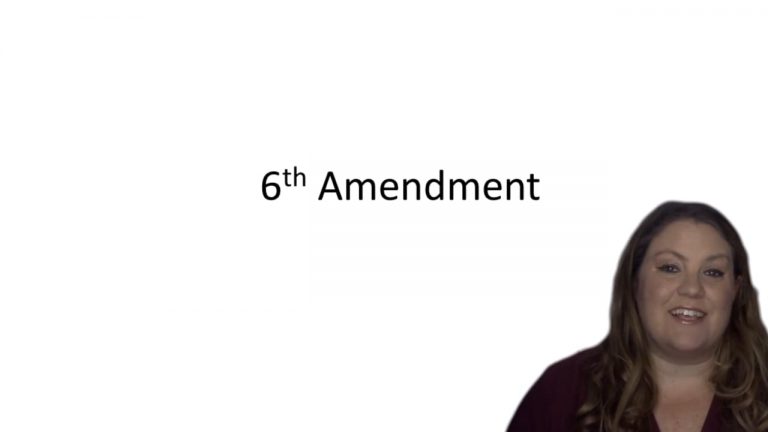SmartBrief
Confirm favorite deletion?
Criminal Procedure Keyed to Ohlin
Payne v. Tennessee
Citation:
501 U.S. 808 (1991)Facts
Petitioner, Pervis Payne, was convicted by a jury on two counts of first-degree murder and one count of assault with intent to commit murder in the first degree. He was sentenced to death for each of the murders and to 30 years in prison for the assault. The victims of Payne’s offenses were 28-year-old Charisse Christopher, her 2-year-old daughter Lacie, and her 3-year-old son Nicholas. Payne entered the Christophers’ apartment and began making sexual advances with Charisse. Charisse resisted and Payne became violent. The neighbor called the police after she heard a blood curdling scream from the Christopher’s apartment. During the sentencing phase of the trial, the State presented the testimony of Charisse’s mother. When asked how Nicholas had been affected by the murders of his mother and sister, she responded: “He cries for his mom. He doesn’t seem to understand why she doesn’t come home.” In arguing for the death penalty, the prosecutor commented on the continuing effects of Nicholas’ experience.
Only StudyBuddy Pro offers the complete Case Brief Anatomy*
Access the most important case brief elements for optimal case understanding.
*Case Brief Anatomy includes: Brief Prologue, Complete Case Brief, Brief Epilogue
- The Brief Prologue provides necessary case brief introductory information and includes:
Topic:
Identifies the topic of law and where this case fits within your course outline.Parties:
Identifies the cast of characters involved in the case.Procedural Posture & History:
Shares the case history with how lower courts have ruled on the matter.Case Key Terms, Acts, Doctrines, etc.:
A case specific Legal Term Dictionary.Case Doctrines, Acts, Statutes, Amendments and Treatises:
Identifies and Defines Legal Authority used in this case.
- The Case Brief is the complete case summarized and authored in the traditional Law School I.R.A.C. format. The Pro case brief includes:
Brief Facts:
A Synopsis of the Facts of the case.Rule of Law:
Identifies the Legal Principle the Court used in deciding the case.Facts:
What are the factual circumstances that gave rise to the civil or criminal case? What is the relationship of the Parties that are involved in the case.Issue(s):
Lists the Questions of Law that are raised by the Facts of the case.Holding:
Shares the Court's answer to the legal questions raised in the issue.Concurring / Dissenting Opinions:
Includes valuable concurring or dissenting opinions and their key points.Reasoning and Analysis:
Identifies the chain of argument(s) which led the judges to rule as they did.
- The Brief Prologue closes the case brief with important forward-looking discussion and includes:
Policy:
Identifies the Policy if any that has been established by the case.Court Direction:
Shares where the Court went from here for this case.

 4m 2s
4m 2s